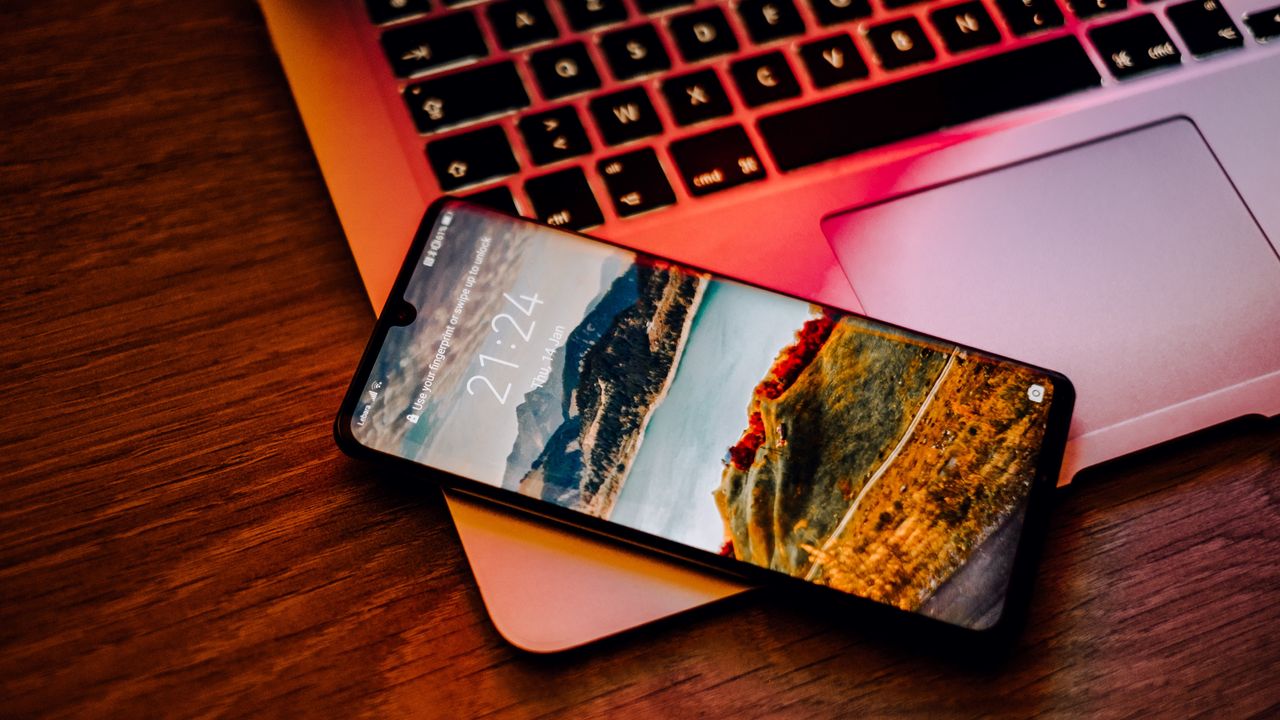
I've been reviewing the latest and best phones for over a decade now, so while there are many options to choose from, this guide will help steer you towards the ideal handset for you. First thing's first, though, you'll need to decide which ecosystem is for you: it's Apple on one side, with the one brand only; or Google's Android on the other, with many makers offering different handsets under one operating system.
Given that our phones act as our do-everything devices – from the camera, to GPS tracker for maps, even for entertainment via the best streaming services, and even as gaming devices – I think it’s important to really consider the priority features that matter to you most when picking your ideal phone. And if these options are all too physically big, then take a look at T3's best compact phones guide for smaller handset varieties.
Below, I've rounded up the best smartphones you can buy this year, including models from Apple, Samsung, Google, Nothing and many others. These are all tried-and-tested handsets and typically flagship models – so if you're looking for something more affordable then check out T3's best cheap phones guide instead.
T3 Top Picks
Recent updates
4 February 2025: Updated to include the latest iPhone, Samsung Galaxy and newer OnePlus entries, while condensing the list to the best six handsets overall.
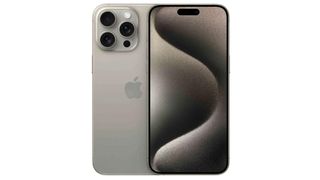
The best premium Apple phone is the iPhone 16 Pro (or Max if you want larger). The best iPhone for your money, it delivers super cameras with amazing stabilisation, a gorgeous titanium design, and is undoubtedly a top-tier Apple device.
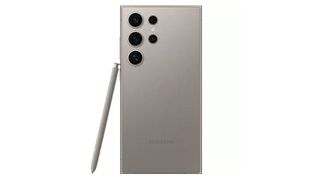
The best premium Android phone is the Samsung Galaxy S25 Ultra. With a gorgeous design, superb cameras, even an integrated S Pen stylus for added versatility, Android phones don't get any more sophisticated than this.
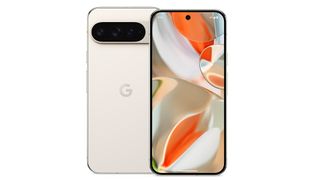
The best phone for most people is the Google Pixel 9 Pro (here in larger 'XL' scale). Great features, a distinctive design and accomplished cameras, Google's latest flagship is a super handset with excellent battery life.
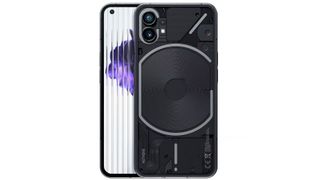
London start-up brand Nothing is doing, well, 'Everything' right at the moment. Its Glyph lighting system on the rear is quirky and fun, but importantly this powerful and affordable Android handset also gets all the core basis bang on point.
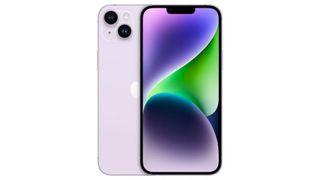
Although this is a two-gen old Apple device pick rather than the current iPhone 16 equivalent, that's exactly why this is the best iPhone for most people: it's affordable, it's got a larger screen than the entry model, but you forego Apple Intelligence as a result.
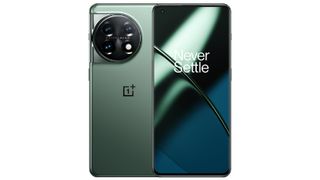
Although the newer OnePlus 13 is now available, the previous model is an ideal buy if you're looking for a more affordable Android handset that doesn't cut corners. This is one powerful and capable handset that can keep up with the big names.
Best premium Apple


Specifications
Reasons to buy
Reasons to avoid
If you're looking for an Apple phone then this one is the best-of-best in the range. Introduced late 2024, the 16 Pro Max is the latest handset to bring the brand's titanium enclosure to the series – which looks sublime and is lighter weight than its predecessor.
The Pro is our pick of the bunch too, thanks to its smaller screen (and price), compared to the larger Pro Max model. As we said in our review: "The smaller of Apple’s two pro models is no longer subject to a lesser camera array. It does everything the Max does in a smaller form, and that is likely to suit some users better."
The other real standout feature to set the iPhone 16 Pro Max apart from the competition is its cameras array, which includes a 5x optical zoom telephoto with astounding optical stabilisation that's out of this world. Add Apple Intelligence features and this is one all-round Apple success.
Read our full iPhone 16 Pro review to see if Apple's top handset is the right match for you...
Best premium Android
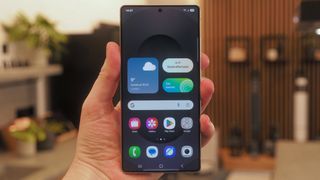

Specifications
Reasons to buy
Reasons to avoid
The Samsung Galaxy S25 Ultra represents a step change for Samsung's biggest and best flagship: the flat-panel handset now has curved corners, an upgraded 50-megapixel wide-angle camera, and there are a host of new baked-into-the-system AI features to take on Apple and Google.
Year-on-year the price point doesn't increase, ensuring Samsung's top-tier phone remains competitive against its core competition. Despite this, however, camera improvements – upgrading the wide-angle to be 50MP and adding macro functions – see this Android handset sail ahead compared to many competitors.
Indeed, the Galaxy S25 Ultra is such a great success that in our review we quipped: "Phone of the year already?". It might well be, as the 'Best Phone' gong at T3's Awards last year went to its predecessor – and the S25 Ultra is only one better. How about that for credit?
Want to know more? Read our full Samsung Galaxy S25 Ultra review to decide if this is the top-end Android phone for you
Best for most people
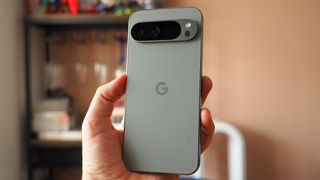

Specifications
Reasons to buy
Reasons to avoid
Google's 2024 flagship, the Pixel 9 Pro XL, features astounding cameras that are easy to use and deliver great results in all conditions. There's Google's own fourth-gen processor on board, too, called Tensor G4, which is super-fast – although does throttle somewhat compared to the Qualcomm competition, as found in Samsung's Galaxy S24 Ultra.
Design-wise, Google's latest flagship – which also comes in a smaller 6.3-inch size than this 6.8-incher with the 'XL' badge – is about as close to an iPhone-alike as you can find in Android. But it looks great for it – and the display here is arguably the best you'll find, with masses of brightness and real pop.
That processor paired with a large on-board battery delivers super longevity per charge too, with Google taking a really balanced approach to this year's big boss. It doesn't have the fastest-charging ever, but that's okay given how long it lasts in one go anyway – you could get through two days on this battery!
Like the idea of Google's flagship being more affordable than most? Read our full Google Pixel 9 Pro XL review to learn more
Best affordable Android
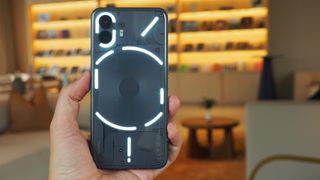

This rising brand delivers stacks of spec for a smaller price, making it the best for lower budgets
Specifications
Reasons to buy
Reasons to avoid
As said in our review: "the Nothing Phone (2) impresses threefold: first it's so comfortable to hold and use, with a distinctive design; two, the improvements to everyday essentials compared to the first-gen phone, such as battery life and screen quality, are a real mark of quality; third, it adds a dollop of fun on top all of that, with features such as Glyph lights not just being a throwaway gimmick.
Sure, it's pricier than its predecessor, but it's worth it and this handset is one of those rare moments of unexpected Android phone joy. That's largely down to the Glyph lights on the rear, which illuminate to alert you to different notifications and other features. Not one for everyone, but for those who take the plunge this iPhone-lookalike Android handset is a real treat.
Check out our full Nothing Phone 2 review to see if this affordable yet high-spec handset is the Android phone for you
Best iPhone for most people
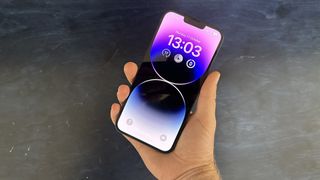

Specifications
Reasons to buy
Reasons to avoid
The 'Plus' model in the range has ousted the standard iPhone from our list because we think the Plus's bigger screen, at 6.7-inches, is better for most people – and the bigger scale means greater battery life too.
If you don't want the camera upgrade of the newer Pro or Pro Max models, but do want the physical screen size, then we find the Plus to be a really great balance. Not to mention, of course, that the Plus saves you cash compared to the higher-end iPhone models – and that's the main reason to pick it.
There is, of course, now an even newer iPhone 16 Plus model, complete with Dynamic Island notch-style within the screen, plus Apple Intelligence (which lacks on the 14 series and earlier) which is also more powerful – and may therefore take your preference from a design and features perspective.
Check out our full iPhone 14 Plus review to see if Apple's newest entry to its series is a winner for you
Best cheaper Android
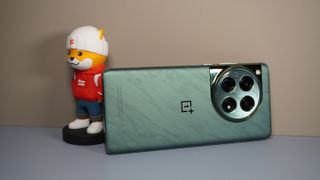

A great affordable Android phone
Specifications
Reasons to buy
Reasons to avoid
OnePlus has risen through the ranks over the years, always offering seriously big spec for a not-so-big price point. In this handset it's the stunning 6.82-inch screen that we found to be its main lure – especially thanks to its 120Hz fast refresh rate and high-res 10-bit colour depth quality.
Another headline grab that we really love about this phone is how fast you can charge it up – it only took us about 25 minutes to take it from empty to full. That 100W wired charging is game-changing – and with a 5,400mAh cell to load up, it's a great laster too.
Do note that the newer OnePlus 13 is also now available. It's another great option, but being newer it'll cost you a little bit more, thus the earlier OnePlus still earns its stripes as one of the best cheaper flagship options out there.
Check out our full OnePlus 12 review to read why we think it's a great Android pick
How to choose
Choosing the right phone is no easy task, as there are so many on the market and, truth be told, many of them are very similar. There are some core questions you should ask yourself before pulling the trigger on a smartphone upgrade, though.
Firstly, you need to establish if you're going to buy the phone SIM free (as in buy the phone outright upfront) or on contract. Both these options have their own strengths and weaknesses.
For example, buying a phone outright, and especially if it is a premium handset, can cost a lot of money, so you need to be able to swallow that. Once the phone is bought, though, then it is yours and you can go about getting one of the best SIM only deals, which offer better allowances for less money.
On contract purchases are great in the sense that they often put the phone in your hand for comparatively very little money or even for nothing, but then you need to pay for the phone over the period of your contract, which is tied to a network SIM plan that, most of the time, doesn't offer as good allowances or value as a SIM only one.
Next up you should ask yourself what you budget is, and what you're primarily going to be using the phone for. If you're a gamer then you're going to need to ensure you have a phone with good gaming functionality, while if you're a creative then you could benefit from a phone with digital stylus support. Equally, if you love taking photos then you need to prioritise a phone with a great camera system, while if you're a massive streamer then bagging a phone with a large screen is smart. If you're a busy working professional who travels a lot, then you'll want a phone with a large battery.
Once you've identified your needs and budget you can start to get more granular with your sorting. Next up we'd suggest identifying which OS and phone platform is right for you. The two main ones are Apple's iOS, which runs on all the maker's iPhones, as well as Android. iOS tends to be better for people who don't have too much technical knowledge and just want a streamlined, heavily guided usage experience, while Android is more open and complex.
Finally, once OS is decided start to add or take away features that you need or don't. For example, reverse wireless charging is really neat, but not every user will need it or use it, while phones that comes with huge amounts of RAM or storage may be useful for enthusiasts, but would go unused by many others. 5G connectivity is great and it is the future, but if you live in an area where there is no 5G coverage then do you really need a 5G phone?
These are just a few of the things we recommend people consider before buying a new phone, but we feel that providing each person does their research well (something this buying guide can help with), there's an ideal mobile for everyone.
How we test
There's a lot to consider when reviewing one of today's best phones, and for T3 we have a detailed five-stage process that each new device goes through.
Firstly, we judge the phone from a build quality and fit and finish point of view, as well as how comprehensive its package is. This stage is very much ascertaining how a phone feels in the hand, how robust it looks and what extras it does or doesn't come with. If a phone has a cheap plastic backplate and a spongy screen then we'll find out and let you know.
Next up we review the phone from a setup and hardware point of view. This stage sees us set up the phone as we would if it were our own, as well as examine exactly what hardware it comes with, such as its processor, RAM, storage and GPU, among other things. The goal here is to see how accessible setup is and what, on paper, your money is buying you.
Thirdly, we then move onto the phone's software and highlight features. So, for example, on Android we test out how good the phone maker's user interface skin is, as each one if definitely not made equal. Or, for example, if testing a new Galaxy Note phone, we'll absolutely test out its digital stylus. We also test features like biometric security, fingerprint readers and reverse wireless charging.
Our forth stage of testing is dedicated purely to the phone's camera system, as truth be told they are one of the most important parts of a phone today and a primary reason why people choose one model over another. This stage involved taking photographs with the phone and testing out each of its main shooting modes, as well as analysing what video capabilities are on offer, too.
Lastly, we then consider each phone from a purely experiential point of view – as in, how is it like to use on a daily basis? This is a really important part of our testing as it strips away all the technical jargon and components and is just intended to reveal how good it is use. This procedure takes one to two weeks and often also encompasses battery testing.
Only then, when all five of these phone review procedures are complete, do we award a score to a phone, with 5 stars been the highest rank a product can get.
Reviewer panel

I've been testing the best phones on the market for over a decade, from Android to iPhone (and beyond, back in the day – remember Windows Phone?), so know heaps about which handsets are best and for whom. I change phones every fortnight and have seen hundreds of models over the years.

The big boss at T3, Mat has been covering tech, cars and travel content for umpteen years – and is the site's resident iPhone reviewer, having seen all the latest and greatest Apple handsets. Those are critical products when it comes to the best phones, with a big market share – so entertain much of T3's review time.

Sam has been writing extensively about tech and phones for years, and knows what separates a good handset from a great one. He spends all of his time in work and much of it outside work testing out the latest OnePlus, Honor and other devices, giving him a great basis of contextual comparison.
Sign up to the T3 newsletter for smarter living straight to your inbox
Get all the latest news, reviews, deals and buying guides on gorgeous tech, home and active products from the T3 experts

Mike is T3's Tech Editor. He's been writing about consumer technology for 15 years and his beat covers phones – of which he's seen hundreds of handsets over the years – laptops, gaming, TV & audio, and more. There's little consumer tech he's not had a hand at trying, and with extensive commissioning and editing experience, he knows the industry inside out. As the former Reviews Editor at Pocket-lint for 10 years where he furthered his knowledge and expertise, whilst writing about literally thousands of products, he's also provided work for publications such as Wired, The Guardian, Metro, and more.
-
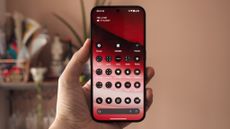 Nothing's next phone might be affordable, but you'll get at least one big iPhone feature
Nothing's next phone might be affordable, but you'll get at least one big iPhone featureThe Nothing Phone (3a) could get an iPhone feature – but does it need it?
By Chris Hall Published
-
 Gozney’s new pizza oven is the perfect companion for outdoor adventures
Gozney’s new pizza oven is the perfect companion for outdoor adventuresGozney announces its most portable pizza oven yet
By Bethan Girdler-Maslen Published